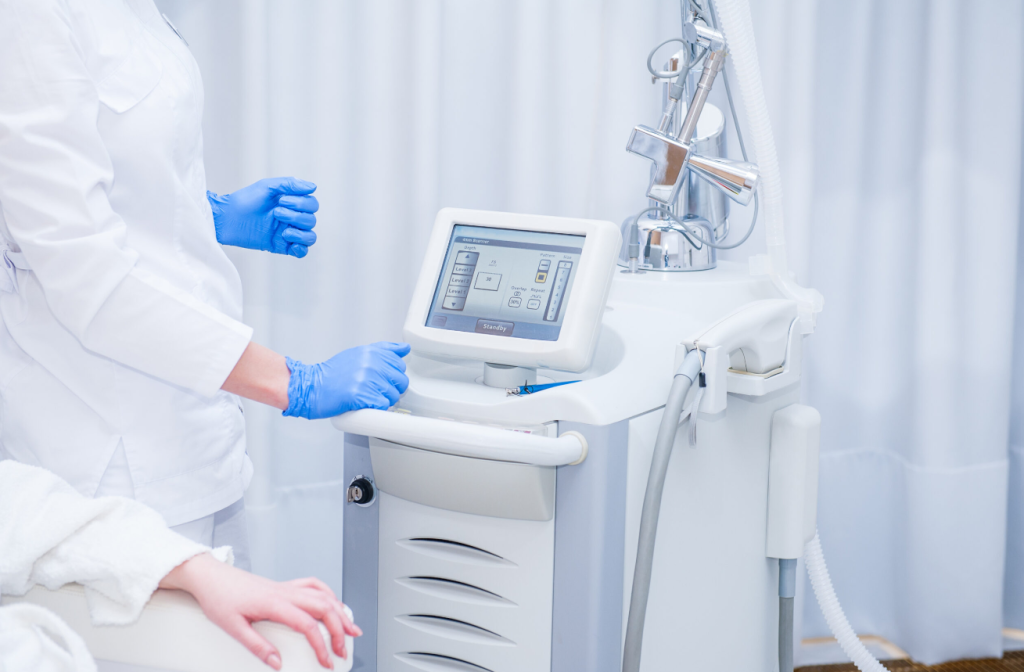Laser Marks Removal are popular method for adding identifying information, branding, and other details to a wide range of materials. However, there are times when those laser marks need to be removed—whether for aesthetic reasons, to correct errors, or to repurpose a component. In this blog post, we’ll explore the techniques and considerations involved in laser marks removal, and how they can help restore surfaces to their original condition.
Understanding Laser Marks Removal
Before diving into removal techniques, it’s important to understand the nature of laser marks. Laser marking typically involves using a focused laser beam to remove material from the surface (ablation), change the material’s color (annealing), or create a chemical reaction that leaves a mark (chemical etching). The specific removal method will depend on the type of laser mark and the material it was created on.

Techniques for Laser Marks Removal
- Mechanical Removal: For shallow laser marks on softer materials like plastics, mechanical removal techniques such as sanding or scraping may be effective. These methods can be labor-intensive and may require some degree of skill to achieve a smooth, even finish.
- Chemical Removal: Chemical removal techniques involve using chemicals to dissolve or etch away the laser mark. This method can be effective for certain materials and types of laser marks, but it requires careful selection of the appropriate chemical and adherence to safety protocols.
- Laser Removal: In some cases, lasers can be used to remove laser marks. This may involve using a different type of laser or adjusting the parameters of the original laser to reverse the marking process. Laser removal can be precise and effective, but it requires specialized equipment and expertise.
- Thermal Removal: For metal surfaces, thermal removal techniques such as flame or plasma torches may be used to melt or vaporize the laser mark. These methods can be powerful, but they also require careful control to avoid damaging the surrounding material.
- Combination Methods: In some cases, a combination of methods may be necessary to effectively remove a laser mark. For example, a mechanical method might be used to remove the bulk of the mark, followed by a chemical or laser treatment to refine the surface.
Considerations for Laser Marks Removal
- Material Type: The type of material the laser mark is on will greatly influence the removal method. Some materials may be more susceptible to damage during removal, while others may require specialized equipment or techniques.
- Mark Depth: The depth of the laser mark will also affect removal. Shallower marks may be easier to remove with less risk of damage, while deeper marks may require more aggressive methods and may leave behind visible imperfections.
- Surface Finish: The desired surface finish after removal is an important consideration. Some removal methods may leave behind a tough or uneven surface, which may require additional finishing work.
- Safety and Environmental Concerns: Laser marks removal can involve hazardous materials, equipment, and processes. It’s important to adhere to safety protocols and dispose of waste properly to protect workers and the environment.
Conclusion
Laser marks removal can be a challenging task, but with the right techniques and considerations, it’s possible to restore surfaces to their original condition. Whether you’re dealing with shallow marks on plastics or deep etchings on metal, there are methods available to effectively remove laser marks. Be sure to consider the material type, mark depth, desired surface finish, and safety concerns when choosing a removal method. With the right approach, you can achieve a smooth, even finish that meets your needs and expectations.

